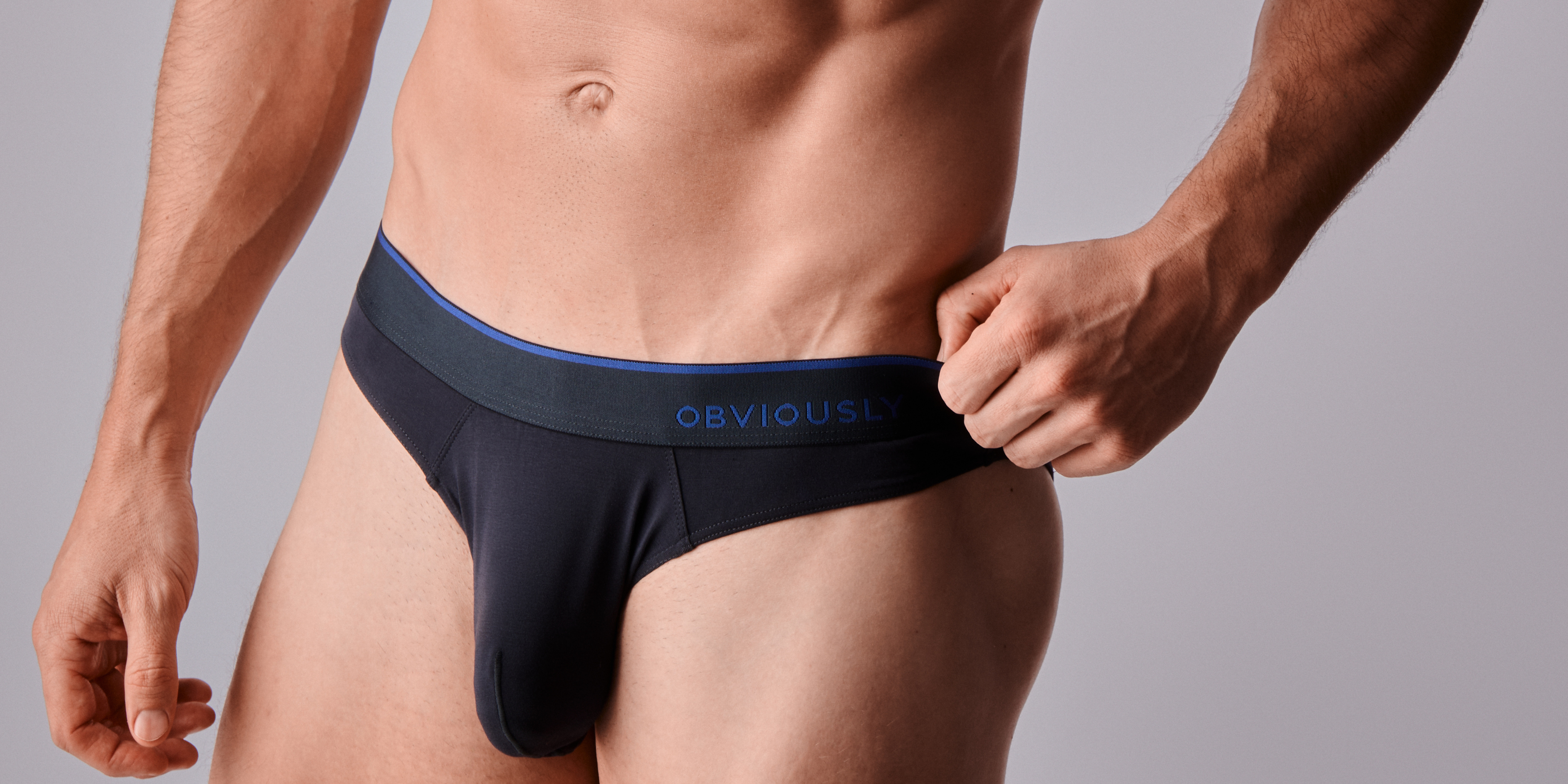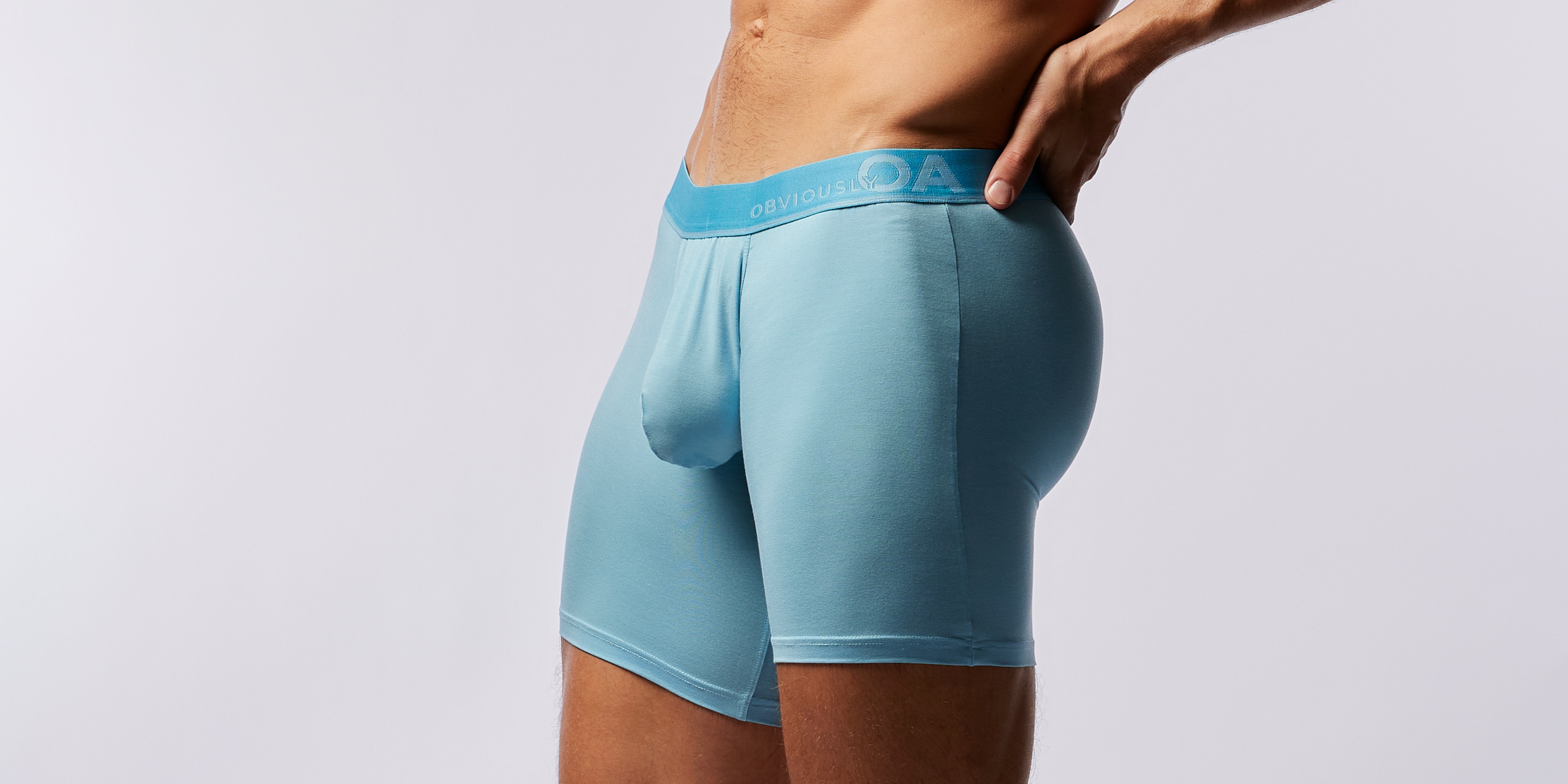
Does Tight Underwear Cause ED: Facts vs Myths
For men navigating the maze of sexual health advice, the debate over tight underwear and its potential effects on erectile dysfunction (ED) is both persistent and confusing. Is there truth behind the warnings, or are these just modern myths? This article dives deep into the evidence, offering clear, trustworthy insights to help you make informed decisions about your comfort, confidence, and long-term health.
What Is Erectile Dysfunction (ED)?
Erectile dysfunction (ED) is the consistent inability to achieve or maintain an erection firm enough for satisfactory sexual performance. While it’s normal for men to occasionally experience difficulties with erections, ED is diagnosed when the problem persists over time and interferes with intimacy or self-confidence. The condition can result from a variety of physical factors—such as poor blood flow, nerve damage, or hormonal imbalances—as well as psychological issues like stress, anxiety, or depression. ED is common, especially as men age, but it is treatable, and understanding its underlying causes is the first step toward effective management and improved quality of life.
Why Are People Concerned About Tight Underwear And Erectile Dysfunction (ED)?
People are concerned about tight underwear and erectile dysfunction (ED) because of widespread beliefs that restrictive clothing could negatively impact male sexual health. The worry centers on the idea that tight underwear may reduce blood flow, increase heat around the groin, or put pressure on nerves—all factors that could potentially interfere with normal erectile function. Additionally, concerns about fertility and testosterone levels often overlap with fears about ED, leading many men to question whether their underwear choices could have lasting consequences. This anxiety is fueled by both anecdotal stories and conflicting information online, making it important to separate scientific evidence from myth.
Does Tight Underwear Cause ED: Facts vs Myths
Tight Underwear Facts
- Tight underwear can increase heat and moisture around the groin, which may impact sperm production and fertility over time.
- There is no direct scientific evidence linking tight underwear to erectile dysfunction (ED) in otherwise healthy men.
- Properly fitted underwear supports comfort and can help prevent chafing or skin irritation during daily activities or exercise.
- Excessively tight underwear may cause temporary discomfort or numbness due to pressure on nerves or restricted blood flow.
- Choosing breathable, moisture-wicking fabrics can help maintain genital health and overall comfort.
Tight Underwear Myths
- Wearing tight underwear will inevitably cause ED in all men.
- Briefs or compression shorts are always worse for sexual health than boxers or looser styles.
- Switching to loose underwear will instantly resolve any sexual performance issues.
- All discomfort or groin pain from underwear is a sign of serious health problems like ED.
- Tight underwear is the primary cause of most men’s sexual health concerns.
How Does Tight Underwear Affect the Body?
Tight underwear affects the body primarily by increasing heat and moisture around the genital area, which can create an environment less favorable for sperm production and overall reproductive health. Prolonged pressure from snug-fitting underwear may also cause chafing, skin irritation, or temporary numbness due to restricted blood flow or nerve compression. While these effects are generally mild and reversible, consistently wearing underwear that is too tight can contribute to ongoing discomfort and may exacerbate existing issues like skin sensitivity or fungal infections. Choosing underwear that offers a comfortable fit and breathable fabric helps maintain both comfort and long-term health.
Can Tight Underwear Restrict Blood Flow?
Tight underwear can potentially restrict blood flow to some extent by applying constant pressure to the groin area, especially if the fit is excessively snug or the material lacks stretch. This pressure may temporarily compress blood vessels or nerves, leading to sensations of numbness, tingling, or mild discomfort. However, for most men, everyday tight underwear is unlikely to cause significant or lasting circulation problems. The body is generally resilient, and any minor restriction is usually relieved once the tight clothing is removed. Persistent discomfort or symptoms, though, may indicate the need for looser, better-fitting underwear to support optimal blood flow and overall comfort.
Should Underwear Have Airflow?
Yes, underwear should have adequate airflow to promote genital health and overall comfort. Breathable fabrics like bamboo and micromodal and a design that allows for ventilation help regulate temperature and reduce moisture buildup, which in turn lowers the risk of irritation, fungal infections, and unpleasant odors. Proper airflow also supports optimal sperm production by keeping the testicular area cooler, as excessive heat can negatively impact fertility over time. Choosing underwear made from materials like bamboo and micromodal which are moisture-wicking blends that ensures the skin can breathe, making it easier to stay comfortable and healthy throughout the day.
How Can You Tell If Your Underwear Is Too Tight?
You can tell if your underwear is too tight by paying attention to signs of discomfort such as persistent pressure, red marks or indentations on your skin, chafing, or restricted movement throughout the day. If you frequently experience numbness, tingling, or a sensation of pinching around your waist, thighs, or groin, your underwear may be too snug. Additionally, tight underwear can cause increased sweating and irritation, especially during physical activity. Choosing a fit that feels supportive but not constricting, and allows for easy movement, is key to ensuring both comfort and long-term health.
Tips For Choosing Underwear For Ultimate ED Support
- Choose the Right Fit: Opt for underwear that offers gentle support without being too tight or restrictive, allowing for natural movement and proper blood flow.
- Select Breathable Fabrics: Look for materials like bamboo and micromodal, moisture-wicking blends that promote airflow and help regulate temperature, reducing the risk of overheating.
- Avoid Excessive Compression: Steer clear of styles designed for heavy compression unless needed for specific athletic purposes, as constant pressure can cause discomfort and restrict circulation.
- Check for Comfort Features: Prioritize underwear with smooth seams, soft waistbands, and tagless designs to minimize irritation and enhance all-day comfort.
- Rotate and Replace Regularly: Update your underwear collection frequently to ensure elasticity and support remain optimal, and discard any pairs that have become stretched out or uncomfortable.
Conclusion
In summary, while tight underwear can contribute to discomfort, increased heat, and potential fertility concerns, there is no strong scientific evidence directly linking it to erectile dysfunction (ED) in healthy men. Choosing underwear that fits well, allows for airflow, and avoids excessive pressure is essential for maintaining both comfort and long-term sexual health. By staying informed and making thoughtful choices about underwear, men can support their overall well-being and confidently address any concerns about sexual performance or reproductive health.
Final Thoughts
Wondering if your underwear could be affecting your comfort or even your health? At Obviously Apparel, you’ll discover a range of styles designed with an anatomical pouch for superior support. Explore our premium boxer briefs, thongs, jockstraps, and trunks—all crafted from ultra-soft bamboo and MicroModal fabrics. Find your perfect fit and elevate your everyday comfort with our exceptional collection.
Sources




